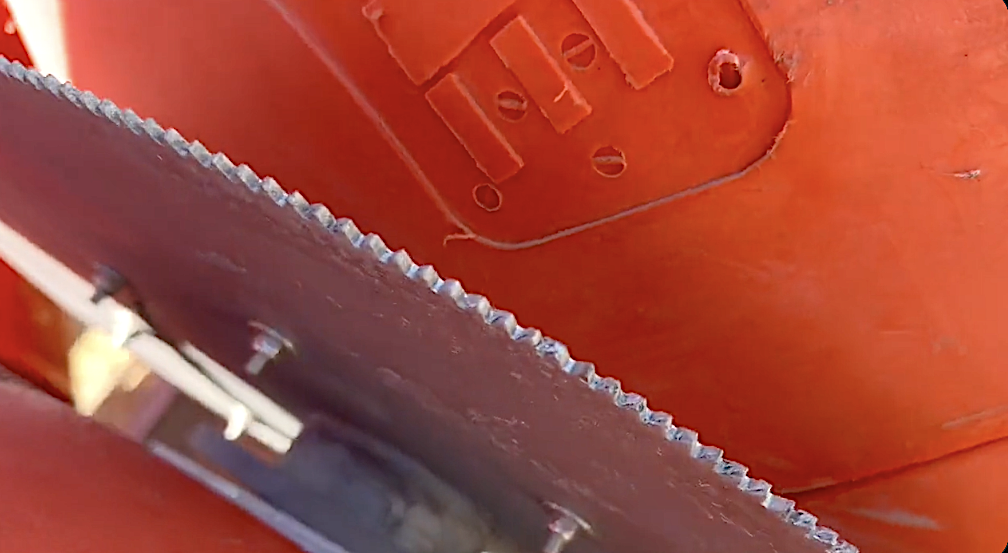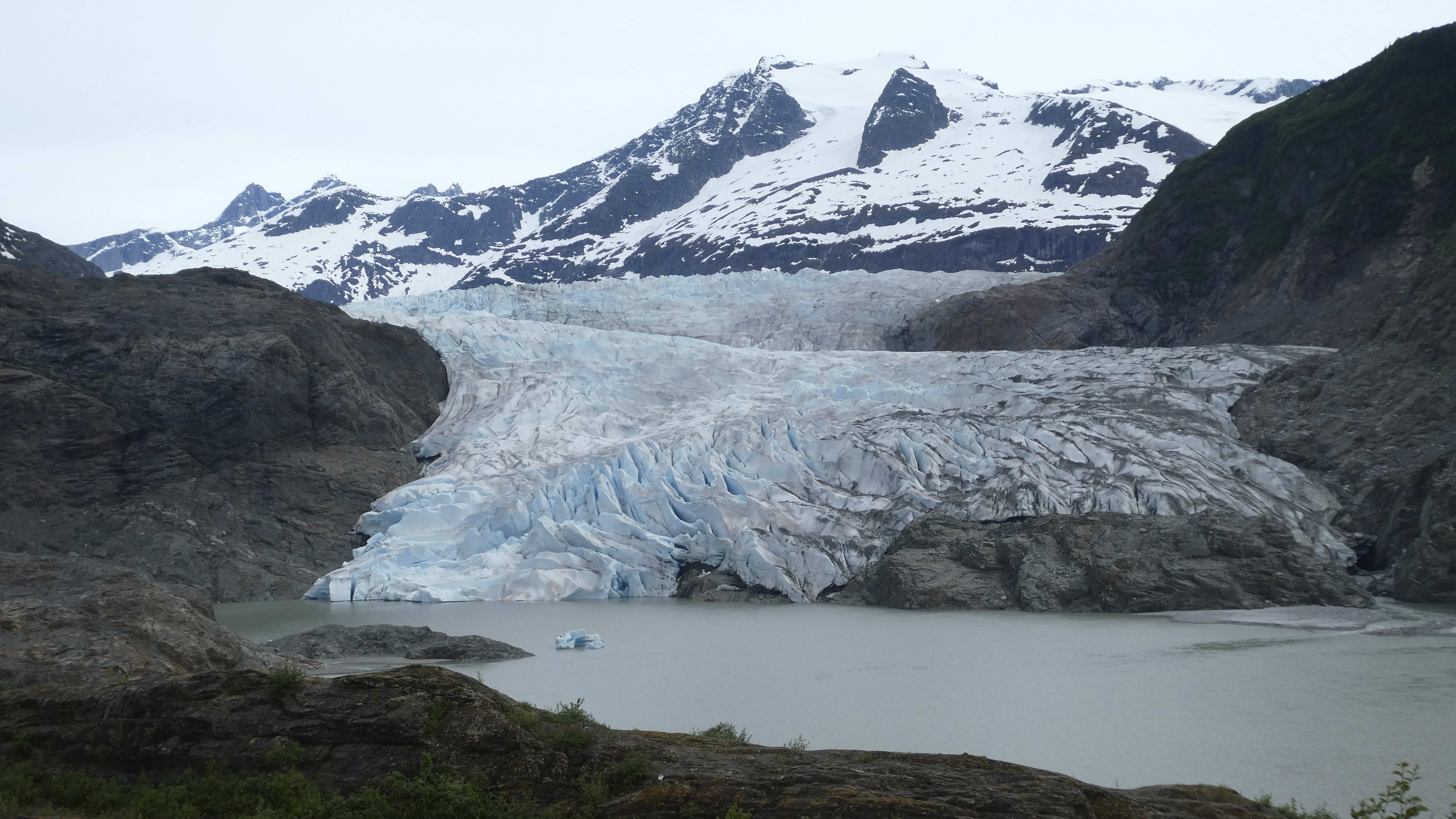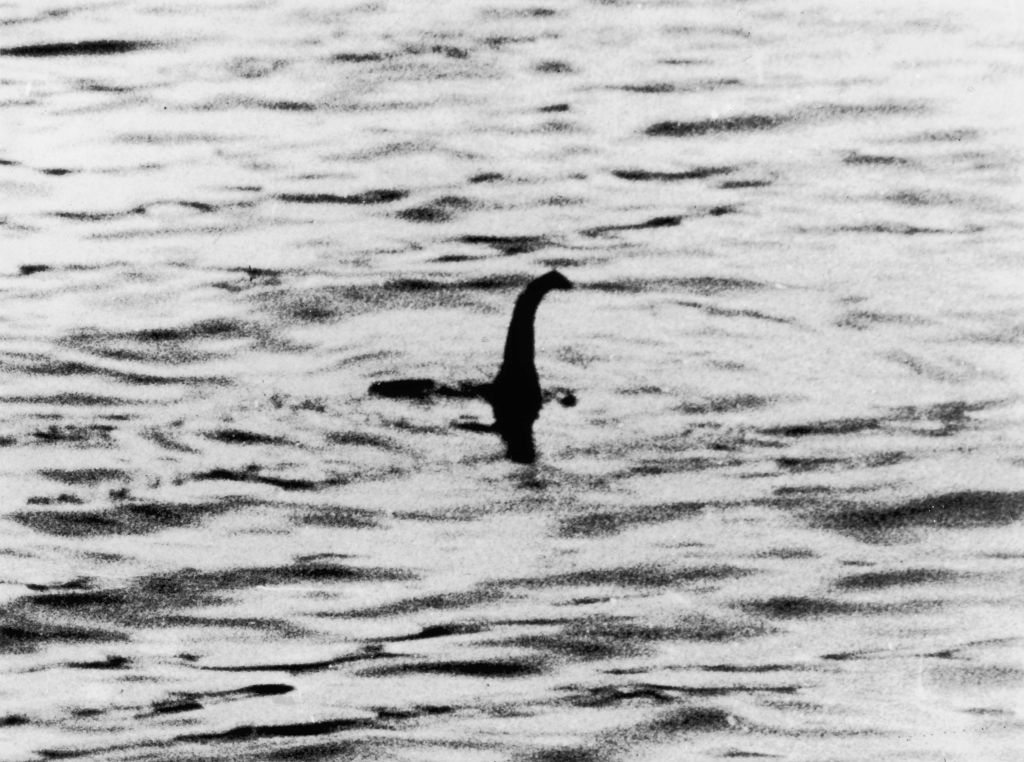A tectonic plate might be peeling in two off the coast of Portugal

Off the coast of Portugal, there lies a rather unremarkable stretch of ocean. The ocean floor that lies beneath is smooth and basically featureless — but instead of being boring, that's exactly what makes it interesting.
Because in 1969, a giant earthquake originated in that stretch of the sea, causing a tsunami. Earthquakes are normally caused when the different tectonic plates of the Earth's crust shift and bump against one another. But here, there is no fault line to be found.
Now, Live Science reports, scientists are theorizing that something different might be going on beneath the ocean floor: Instead of different tectonic plates shifting against each other, this one may be peeling itself in two.
The Week
Escape your echo chamber. Get the facts behind the news, plus analysis from multiple perspectives.

Sign up for The Week's Free Newsletters
From our morning news briefing to a weekly Good News Newsletter, get the best of The Week delivered directly to your inbox.
From our morning news briefing to a weekly Good News Newsletter, get the best of The Week delivered directly to your inbox.
The top and bottom layers of this tectonic plate appear to be separating, announced a team of scientists led by João Duarte, a marine geologist at the University of Lisbon in Portugal. National Geographic explained that this new work, if confirmed by further research, would be the first evidence towards a scientific theory that the Atlantic Ocean, over a long period of time, may actually shrink in size.
While the idea has been floated before, this team is the first to provide hard data — they tested it out with computer simulations, and are hoping to write up their research to be published. Learn more at National Geographic.
A free daily email with the biggest news stories of the day – and the best features from TheWeek.com
Shivani is the editorial assistant at TheWeek.com and has previously written for StreetEasy and Mic.com. A graduate of the physics and journalism departments at NYU, Shivani currently lives in Brooklyn and spends free time cooking, watching TV, and taking too many selfies.
-
 Political cartoons for January 4
Political cartoons for January 4Cartoons Sunday's political cartoons include a resolution to learn a new language, and new names in Hades and on battleships
-
 The ultimate films of 2025 by genre
The ultimate films of 2025 by genreThe Week Recommends From comedies to thrillers, documentaries to animations, 2025 featured some unforgettable film moments
-
 Political cartoons for January 3
Political cartoons for January 3Cartoons Saturday's political cartoons include citizen journalists, self-reflective AI, and Donald Trump's transparency
-
 Nobody seems surprised Wagner's Prigozhin died under suspicious circumstances
Nobody seems surprised Wagner's Prigozhin died under suspicious circumstancesSpeed Read
-
 Western mountain climbers allegedly left Pakistani porter to die on K2
Western mountain climbers allegedly left Pakistani porter to die on K2Speed Read
-
 'Circular saw blades' divide controversial Rio Grande buoys installed by Texas governor
'Circular saw blades' divide controversial Rio Grande buoys installed by Texas governorSpeed Read
-
 Los Angeles city workers stage 1-day walkout over labor conditions
Los Angeles city workers stage 1-day walkout over labor conditionsSpeed Read
-
 Mega Millions jackpot climbs to an estimated $1.55 billion
Mega Millions jackpot climbs to an estimated $1.55 billionSpeed Read
-
 Bangladesh dealing with worst dengue fever outbreak on record
Bangladesh dealing with worst dengue fever outbreak on recordSpeed Read
-
 Glacial outburst flooding in Juneau destroys homes
Glacial outburst flooding in Juneau destroys homesSpeed Read
-
 Scotland seeking 'monster hunters' to search for fabled Loch Ness creature
Scotland seeking 'monster hunters' to search for fabled Loch Ness creatureSpeed Read